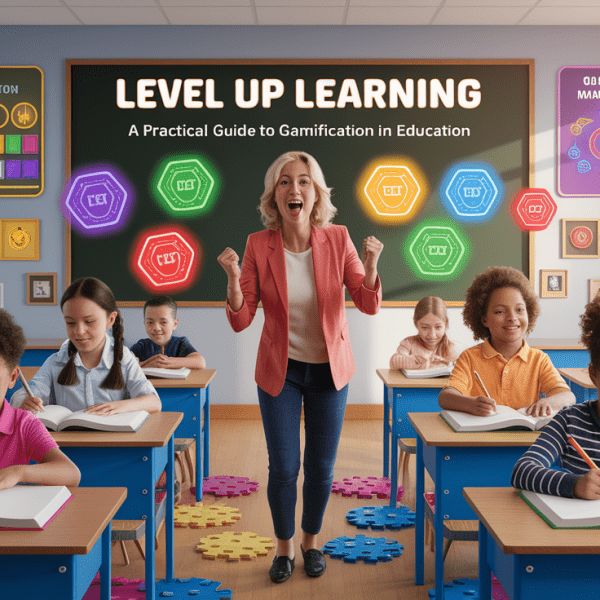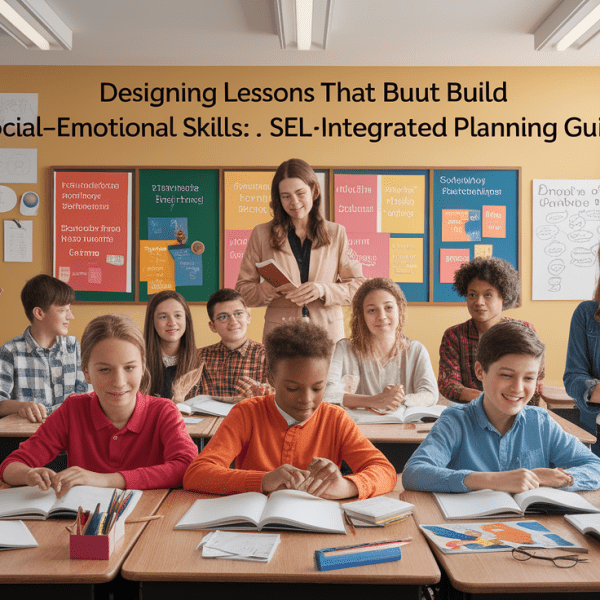Ready to transform your classroom into a dynamic learning hub where students thrive and disruptions become a thing of the past? You’re in the right place! Effective classroom management isn’t just about keeping students quiet—it’s about creating an environment where learning flourishes, relationships bloom, and every student feels valued and engaged.
Welcome to Your Classroom Control Center
Think of yourself as the captain of your classroom ship, navigating through the exciting waters of education. Classroom management refers to the various skills and techniques that you’ll use to maintain a structured and organized learning environment. Your mission? Keep students organized, focused, attentive, and academically productive while minimizing disruptive behaviors and maximizing those precious learning opportunities.

But here’s the exciting part—you’re not just managing a classroom; you’re orchestrating a symphony of learning! Every teacher routine you establish, every positive interaction you foster, and every moment of engaged learning you create contributes to something much bigger than daily lesson plans. You’re building a foundation for student success that extends far beyond your classroom walls.
Setting Clear Expectations
Want to know the secret to reducing behavioral problems before they even start? It’s all about crystal-clear expectations that students can understand, remember, and follow. Think of classroom rules as your roadmap to success—they guide everyone toward the same destination: a thriving learning environment.

Creating Meaningful Classroom Rules
The most effective classroom rules are:
- Specific and observable: Instead of “Be respectful,” try “Listen when others are speaking and wait your turn to share.”
- Positively framed: Focus on what students should do rather than what they shouldn’t
- Student-involved: Let your class help create the rules—ownership leads to investment!
- Limited in number: Aim for 3-5 core rules that cover your most important expectations
Remember, keeping classes running smoothly starts with everyone knowing exactly what’s expected. When students understand the “why” behind your expectations, they’re much more likely to embrace them.
Establishing Consistent Classroom Procedures
While rules address behavior, procedures handle the logistics that keep your classroom humming along efficiently. Develop clear procedures for:
- Entering and exiting the classroom
- Turning in assignments
- Getting materials and supplies
- Asking for help
- Using technology
The magic happens when these procedures become automatic—freeing up more time for actual learning!
Building Positive Teacher-Student Relationships
Here’s where the real magic happens! Strong relationships are the cornerstone of effective classroom management. When students feel genuinely cared for and respected, they’re naturally more motivated to meet your expectations and engage in learning.

The Trust Factor
Fostering trust between instructor and students isn’t just nice to have—it’s essential for creating a safe and positive learning environment. Start building trust by:
- Being authentic: Let your personality shine through while maintaining professional boundaries
- Showing genuine interest: Learn students’ names quickly and remember details about their lives
- Following through: Do what you say you’ll do, every single time
- Admitting mistakes: Model accountability and growth mindset
Creating Connection Opportunities
Look for natural moments to connect with students individually. A quick “How was your soccer game?” or “I noticed you’re really improving in math!” can make a student’s entire day. These micro-moments of connection add up to create a classroom culture where students want to succeed—not because they have to, but because they don’t want to disappoint someone who clearly cares about them.
Proactive Instructional Strategies
The best behavior management strategy? Keep students so engaged in learning that they don’t have time or inclination to misbehave! Effective instructional strategies are your secret weapon for preventing management issues before they start.

Engagement Through Variety
Mix up your instructional methods to keep students actively involved:
- Interactive discussions: Get everyone talking and thinking
- Hands-on activities: Let students learn by doing
- Movement breaks: Incorporate physical activity to reset energy levels
- Technology integration: Use digital tools to capture attention and enhance learning
When you’re writing effective lesson plans, consider how each activity will keep students actively engaged. Remember, boredom is often the root cause of classroom disruptions!
Meeting Diverse Learning Needs
Every student learns differently, and recognizing this is crucial for maintaining an inclusive, well-managed classroom. Consider incorporating Universal Design for Learning (UDL) principles to create flexible learning environments that cater to diverse needs. When students can access learning in ways that work for them, behavioral challenges often disappear naturally.
Effective Behavior Management Techniques
Even with the best planning, you’ll occasionally need to address challenging behaviors. The key is having a toolkit of positive, constructive strategies that redirect rather than punish.
The Power of Positive Reinforcement
Positive reinforcement is like sunshine for good behavior—it helps it grow and flourish! Effective positive reinforcement strategies include:
- Specific praise: “I noticed how you helped Maria with her math problem. That showed real kindness!”
- Non-verbal recognition: Thumbs up, smile, or high-five
- Privilege rewards: Extra computer time, line leader, or classroom helper
- Class-wide celebrations: Pizza party when everyone meets a goal
The secret sauce? Catch students being good and acknowledge it immediately. This creates a positive cycle where students seek out opportunities to earn your recognition.
Addressing Challenging Behaviors
When disruptive behavior does occur, remember that even one or two students can significantly impede learning for the entire class. Your response should be swift, calm, and focused on getting back to learning quickly.
Try these approaches:
- Proximity and non-verbal cues: Often, simply moving closer to a student resolves minor issues
- Private redirection: Quietly redirect without calling attention to the behavior
- Choice-giving: “You can choose to participate in our discussion or take a moment to collect yourself”
- Natural consequences: Connect consequences directly to the behavior
Maintaining Smooth Transitions and Classroom Flow
Ah, lesson transitions—the make-or-break moments of classroom management! Smooth transitions keep energy positive and learning momentum strong, while chaotic transitions can derail even the best-planned lessons.
Mastering Lesson Transitions
Great transitions don’t happen by accident—they’re carefully planned and practiced. Here’s how to nail them:
- Signal systems: Develop consistent signals (chime, hand clap, countdown) to get attention
- Clear directions: Give step-by-step instructions before releasing students to transition
- Time expectations: “You have 30 seconds to put away your math materials and get out your reading books”
- Practice, practice, practice: Rehearse transitions until they become routine
Sometimes you’ll need to be flexible and adapt your lesson plans mid-instruction based on how transitions are flowing. That’s not failure—that’s responsive teaching!
Building Sustainable Teacher Routines
Your teacher routines are the invisible structure that holds everything together. Strong organizational skills in preparing materials and practicing with technology ensure smooth daily operations.
Develop consistent routines for:
- Beginning and ending each class period
- Distributing and collecting materials
- Taking attendance
- Handling interruptions
- Emergency procedures
Reflecting and Adjusting Your Approach
The most effective teachers are also the most reflective ones. Regular self-reflection helps you identify what’s working, what isn’t, and where you can make improvements to better serve your students.
Regular Check-ins
Ask yourself these questions weekly:
- Which classroom management strategies worked best this week?
- What challenges did I face, and how did I handle them?
- How did my students respond to different approaches?
- What would I do differently next time?
Student Feedback
Don’t forget to ask your students for their perspective! Simple surveys or class discussions can reveal valuable insights about what helps them learn best and feel most comfortable in your classroom.
Professional Growth
Remember that professional development is essential for educators to uncover new techniques for student engagement and behavioral support. Stay curious, attend workshops, collaborate with colleagues, and never stop learning!
Your Ticket to a Thriving Classroom
Congratulations! You now have a comprehensive toolkit for creating and maintaining a thriving classroom environment. Remember, effective classroom management isn’t about perfection—it’s about progress, relationships, and creating a space where every student can succeed.
The benefits of your efforts extend far beyond daily classroom management. By creating a safe, positive, and structured environment, you’re fostering academic productivity, individual growth, and setting students up for success both in school and in life.
Start implementing these strategies gradually—Rome wasn’t built in a day, and neither is a perfectly managed classroom. Celebrate small wins, learn from challenges, and remember that every day is a fresh opportunity to create positive learning experiences for your students.
Your classroom is more than just four walls and desks—it’s a launching pad for dreams, a safe haven for growth, and a community where learning thrives. You’ve got this, and your students are lucky to have you!




